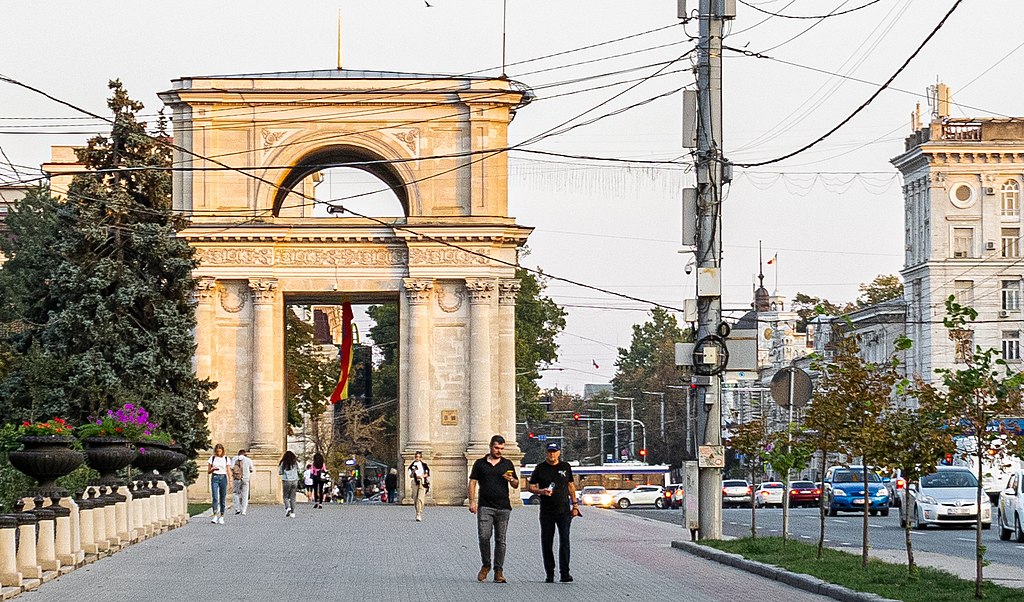A detailed study published by the Ministry of Energy of Moldova highlights the country’s geothermal potential and the regulatory gaps to further development.
A detailed report on the potential for geothermal development, the barriers and challenges, and a proposed geothermal development strategy for the Republic of Moldova has been published by the country’s Ministry of Energy with the support of the United Nations Industrial Development Organization (UNIDO) and the Global Environment Facility (GEF).
The full report (in Moldovan) can be accessed via this link.
According to the study, geothermal energy has the potential to play a significant role in Moldova’s energy mix, with a focus on the horizon up to 2035. By implementing this strategy, Moldova could reduce its dependence on external energy sources, contribute to combating climate change, and stimulate sustainable economic development.
The document examines existing wells and their technical documentation from the archives of the Agency for Geology and Mineral Resources. It finds that shallow geothermal sources can be used for heating residential, commercial, or industrial buildings, as well as for cooling spaces during the warm season using the same infrastructure. Meanwhile, deep geothermal sources can be utilized for heat production for urban networks and industrial applications (processes that use steam, hot air, or hot water), agricultural applications (greenhouse heating, aquaculture, drying), and recreational applications (swimming pools, aquatic centers, steam baths).
Pilot projects proposed
The document proposes a series of pilot projects that aim to utilize geothermal for heating in urban areas by 2027 to 2029. These projects include wells in the municipality of Chisinau (temperatures of up to 53°C at a depth of 1,140m), in Cahul (depths of 500-600m), and wells in the villages of Gura Cainarului and Marculesti, Floresti district.
The expansion of geothermal heating systems in municipalities and rural areas had also been proposed, as well as the building of small to medium-capacity geothermal power plants in regions with high geothermal potential. The estimated costs for developing the geothermal sector amount to approximately €300 million over 12 years, covering construction, installation, and/or modernization of the necessary thermal heating infrastructure.
Geothermal lacks a regulatory framework
A significant part of the document outlines the existing regulatory framework in Moldova that can be considered applicable to geothermal. Geothermal has already been included in the country’s legal framework for promoting the use of and establishing national objectives for energy from renewable sources. There are also laws on the protection of subsurface resources and for establishing management and protection rights for groundwater sources.
However, the regulations in Moldova are far from enough to fully and effectively support geothermal development. The study proposes some regulations that can help achieve this goal:
Regulations on the definition and classification of geothermal resource
Regulations on licensing and concessions of geothermal sites
Environmental protection regulations, particularly during exploration and exploitation of geothermal resources
Regulations that promote energy efficiency and the use of cutting-edge technologies
Fiscal and financial incentives for geothermal investments
Regulations for cooperation between institutions and private-public partnerships
Regulations for training and professional education in the geothermal field
Regulations for monitoring and reporting of geothermal activities

